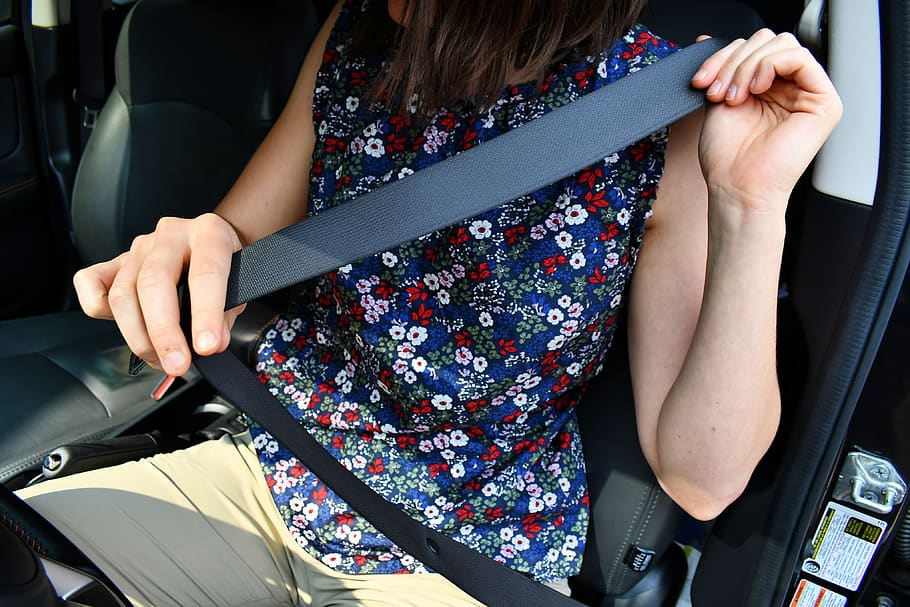Inertia, Energy, and Driving
| Driver Education |
In the world of driving, concepts like inertia, potential energy, and kinetic energy play pivotal roles in how a vehicle operates and how we must navigate various driving situations. Let’s break down these concepts and understand their impact on driving.
This blog may contain affiliate links, and therefore if you make a purchase through these links, we subsequently may or may not earn a commission at no extra cost to you.
1. Definition of Inertia
Inertia is a property in matter that keeps an object at rest or in uniform motion in a straight line unless acted upon by an external force. This principle, first formulated by Sir Isaac Newton, is fundamental in understanding vehicle dynamics.
For example, when your car is moving, it wants to keep moving. If you suddenly stop the engine, inertia will keep the car rolling forward unless another force (like friction or brakes) stops it. Similarly, if your car is at rest, it takes a significant amount of energy to overcome inertia and set it in motion.
2. Counteracting Inertia’s Effects with Seat Belts
Seat belts are a critical safety feature in vehicles, designed to counteract the effects of inertia. In the event of a sudden stop or collision, inertia will continue to move an occupant forward at the same speed the car was traveling. A seat belt applies a force to hold the occupant in place, thereby reducing the risk of injury.
3. Potential Energy
a. Definition of Potential Energy
Potential energy is the energy possessed by a body because of its position or form. For example, a car parked on a hill has potential energy due to its elevated position. Similarly, a car’s battery stores potential energy in chemical form, which can be converted into electrical energy to power the car.
4. Kinetic Energy
a. Definition of Kinetic Energy
Kinetic energy is the energy a body possesses due to its motion. The faster an object moves, the more kinetic energy it has.
b. Effects of Kinetic Energy on Driving
Doubling Speed Quadruples Kinetic Energy: This means that if a car’s speed doubles, its kinetic energy increases by four times. This has significant implications for stopping distances and collision impacts.
Gravity’s Effect on Kinetic Energy: As a car moves uphill, gravity works against its motion, effectively reducing its kinetic energy. Conversely, when a car moves downhill, gravity increases its kinetic energy, making it move faster and more difficult to stop.
Stopping a Car Transfers Kinetic Energy: When brakes are applied, the car’s kinetic energy is transformed into heat energy in the brakes, slowing the vehicle down.
Kinetic Energy in Collisions: In a collision, a car’s kinetic energy is dissipated in various forms, including heat, sound, and deformation of the vehicle, which explains the damage and energy release in accidents.
Inertia, Energy, and Driving
Understanding inertia, potential energy, and kinetic energy provides valuable insights into the physics of driving. These concepts explain why seat belts are essential, the importance of controlling speed, and the mechanics of braking. As drivers, being aware of these principles can lead to safer driving practices, better anticipation of how your car will react in different situations, and a greater appreciation for the forces at play every time you take the wheel.
Drive with Confidence!
Keep up with all the latest driving news. Expolre our blog packed with essential tips and expert advice on all things related to DRIVING!




